When it comes to fast fashion brands remind yourself, they are all about the sell. The next time you see a fast-fashion brand selling clothes on the cheap, ask yourself a few questions. Who’s responsible for the transparency within the textile industry? How ethical and fair is the audit process of fashion regarding the environmental impact?
Global organic textile standards are not very clear or easy to understand when it comes to sustainable fashion.
How can a $3 item be made with sustainability in mind? Who is getting paid regarding fair trade? What are the minimum wages for places like Bangladesh? Who is in control of the audit of this?
Fashion needs to rely less on aviation to transport its products and should adopt localised manufacturing as a way to get clothes to market on time.
“Just by cutting air freight, we’ve managed to save 40,000 tonnes of CO2 [since 2018],” he says. Superdry is also switching to more energy-efficient LED lighting in stores and warehouses, as is H&M.
We the people have so much power to change the way clothes are made. By asking hard questions such as the fibre used in the city of New York is a small way we can partake in the change. How many employees does it require to be a leader in a fast-fashion revolution? Don’t be afraid to question the process of natural resources used by farmers to make that hemp bag. Big brands should be held responsible for making sure they are honest about their sustainable message?
I see the word eco-friendly and sustainable plastered in every store. I wonder is there an audit process within the world of fast fashion? Each year the fashion industry produces around 150 billion garments. 30% of this is never sold. 84% that is sold, ends up in a landfill. What are the governments doing regarding the regulations of items unsold?
The main environmental damage that fashion is responsible for, lies within the manufacturing and the production of raw materials.
The Cost Of Incorrect Fit & Size
In these times, fitting efficiency becomes more critical than ever before as consumers hesitate to go back to brick & mortar stores and switch to online shopping instead. In the USA alone, Apparel eCommerce is currently worth $360 billion. On average 40% of clothing sold online is returned due to incorrect fit & size. This adds up to a $144 billion problem!
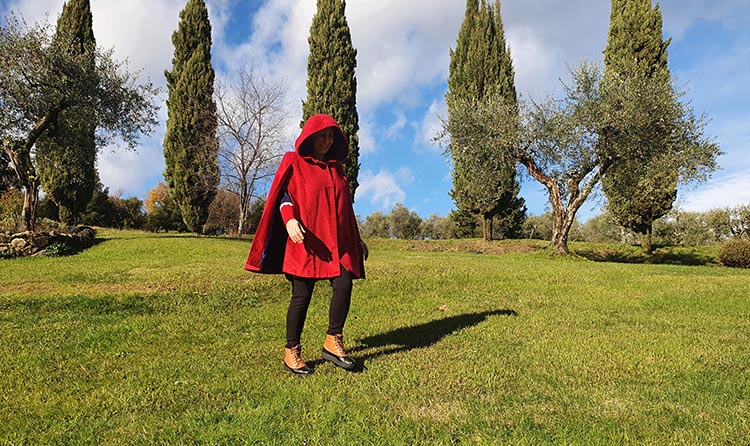
Re-Sync Denim
There is a new material on the market called Re-Sync denim with one size fits all technology. Its aims to support size inclusivity in fashion while simultaneously addressing the environmental burden of waste from the fashion industry. These adaptive jeans are an intelligent solution to a long-overdue problem in the industry and are backed by science. Re-Sync jeans provide ultimate support to the wearer, sculpting the body with a 360 stretch comfort, enabling the garments to perform well 2 sizes up to and down.
Adidas
When you buy shoes from Adidas can this iconic shoe brand explain the manufacturing process of footwear? How do we know as a buyer what carbon footprint is being used to get the clothes into stores fast? Or what is the exact carbon emissions consumed to make the footwear.
Unclear How To Become A Sustainable Brand
There are brands that intentionally mislead consumers. But the big problem is mostly being caused by brands realizing they have to change. I heard this a lot when at Pitti Immagine in 2019. In speaking to established brands with tons of cash who can influence others for sustainable change. It’s up to those brands caring about fair wage regarding Africa? I was shocked to hear the amount of linen sold in India and what is required for the consumption of energy. How much of carbon-neutral electricity is consumed to make linen?
Inditex The Fast Fashions Brands Of The World
Inditex is the leader of fast fashion. I question what harmful- chemicals it took Inditex the company behind ZARA, Massimo Dutti, Bershka, Pull & Bear, Stradivarius, Oysho and Uterque to get the clothes made. Inditex must use so many toxic chemicals to create clothes. Who is auditing their use of sustainable fabrics when written on their tags? I very much doubt that they are making clothes to save the environment let alone conscious of the harmful chemicals used. Even though Inditex use local communities to produce new collections every three weeks.
Primark
Another damaging fast fashion brand is Primark. How can Primark make that sustainable difference? Who has admitted they can’t guarantee that items made out of silk are cruelty-free. They can’t be sure how there workers are treated in China when making Primark clothes. Are their supply chain up to standard regarding fair trade? Do they really acre? China won’t allow officials from other countries to check out the working environment. Primark who is not online won’t move their production out of China. It will ruin their business model. Cheap clothing has to be a process of people able to audit fair salaries. How much carbon neutral is used regarding electricity in China to make Primark clothing must be mamoth.

Manufacturing With Indetix
Its structural reasons that play a massive part with brands and manufacturers making the clothes. Can ZARA explain and prove the changes they are making regarding climate change? The vast distances and complex supply chains to get the clothes from door to door needs to be challenged. Indetix to be fair makes most of their clothes in Spain or Morrocco. So delivering around Europe is fast and less taxing on the environment. It’s a good business model that has served them well and made them billions.
It’s the interconnected problems of low price and huge scale in the apparel industry that has damaged our fashion industry and it’s lack of sustainable care.
The big businesses like Primark and Zara are oriented toward making high volumes of clothing selling cheap products that don’t even last a season. You can read my experience on a top I bought in 2020 from Zara proving this. Indetix uses fabrics like nylon and fibres. How can a small brand compete for a sustainable market place against big brands like H&M and Zara?
Green Proof Costs
It makes it impossible and challenging to be sustainable. It costs more time and money to make clothes green proof. Artisans are scrambling to try to figure out their strategy regarding their sustainable message.
Policy & Accountability
In Norway, which I have been too and I was impressed with their eco way of living. They were always ahead of the green game, especially within the electric car industry. Already ten years ago, but they came about because of government policies.
It comes to no surprise when I read that the government cracked down on H&M’s Conscious collection for underexplaining how its clothes are actually better for the environment. I remember seeing their sustainable tags way back in 2019 and was dubious about it.
Because it made no sense to me, that selling three pairs of children’s leggings for $3 could mean they were a sustainable fashion-conscious brand.
These fast fashion houses need to be held accountable regarding the labelling of their so-called sustainable tags. Then the change will be forced upon them.
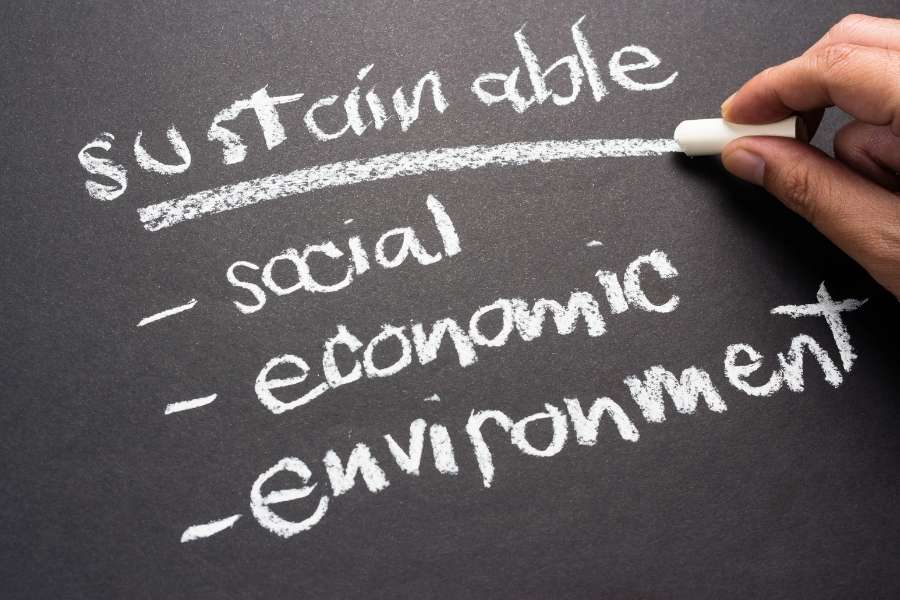
Prove Your Green Claims
For me, when a brand states the garments are sustainable. They need to always prove and show their audit process and set the trend. For example, give five examples of the process used in making denim. How much water are you using to make those denim or leather jackets?
Where is a certificate proving the supplier’s process for vegan clothing?
At Pitti Immagine I talked to the Italian brand called GAS. They proved to me they used less water to make their 2021 denim. They made conscious changes to use less water for their denim production. This is why I like to work with small brands here in Italy for 2021. I can see and experience first hand they’ve built sustainability process into their DNA as a fashion brand.
Wool
Knitwear great example of sustainable fashion. Wool is biodegradable. Keeping in mind are there pesticides used regarding wool making? It’s up to our governments to put in place legalities for big fashion brands to adhere too. Prove their green carbon manufacturing message. What is on the tag must be true. The biggest lie of them all is that the gap between the shop floor and where the fabric was sourced is too large to prove the honest green footprint message.
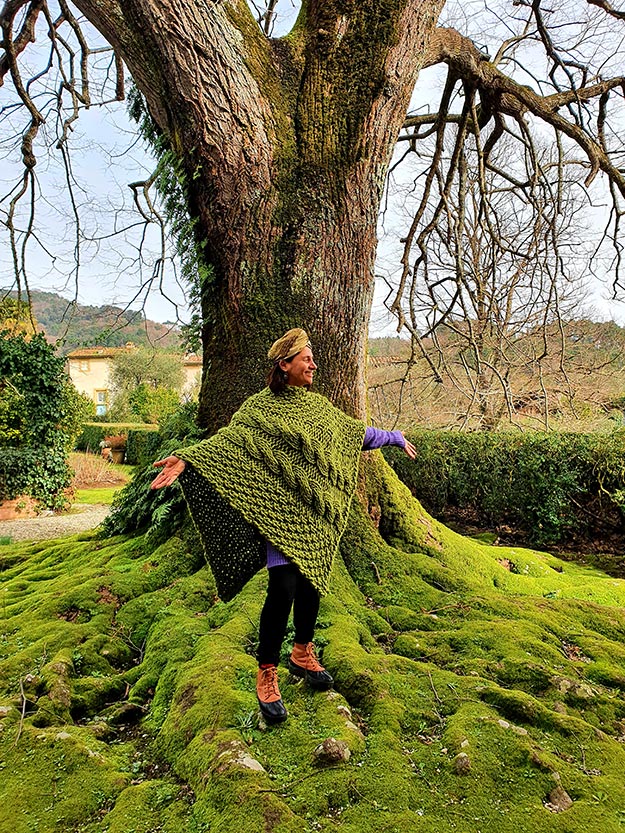
My wool moss green cape was made 5km down the road from where I live here in Italy. The wool was purchased 60km still within Italy. My carbon footprint was minimal.
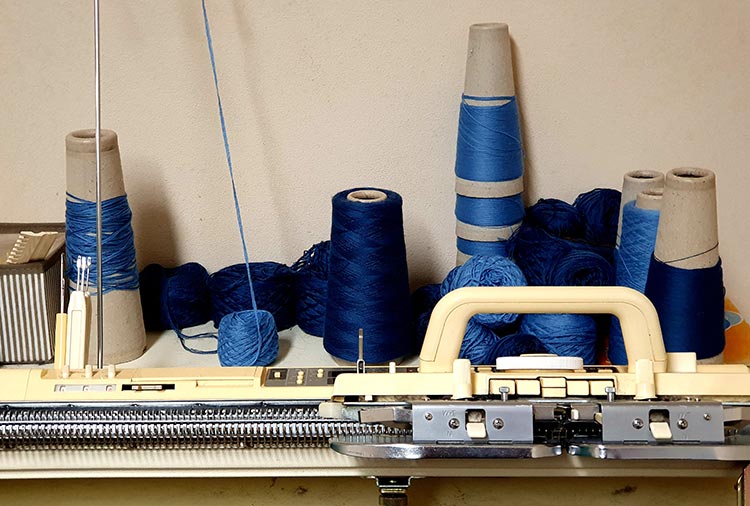
Greenwashing Supply Chain
The way forward for proper greenwashing will be for companies to work toward suppliers tracing their supply chain and disclosing their full environmental footprint. Like what does it take to make polyester? If you are using organic cotton to assemble your jumper how is that supply chain working? Being able to prove this on their social media of the steps taken to create the item. So the buyers see first hand the entire business, from farm to factory to retail stores of how their jeans were made.
I would even go a step further and put the name of the jean to the person who sewed it. It is a nice personal touch and a reminder to the buyer that someone made that piece of item for them. It may highlight the fact of fair wage.Then it’s up to the buyer to decide whether to buy this sustainable item.
I am doing that by buying cashmere clothing made in Europe from an individual designer. I love seeing it first hand how it is manufactured and the staff used to create it. I can see where my cash is going to support sustainable fashion.

New Standard Institute
The New Standard Institute is pushing for big brands to disclose their carbon impact and water and energy usage. It’s difficult to know which claims to trust when shopping for apparel in the world of fast fashion. Rome was not built overnight and turning back the clock is no easy task. But it can and will happen, it must happen. It’s down to the government to help put pressure on these big fast fashion brands. I am doing as much as I can by buying fewer clothes and buying from brands I can trust and I know have an eco-friendly message. And can show me that what is on that tag is true.

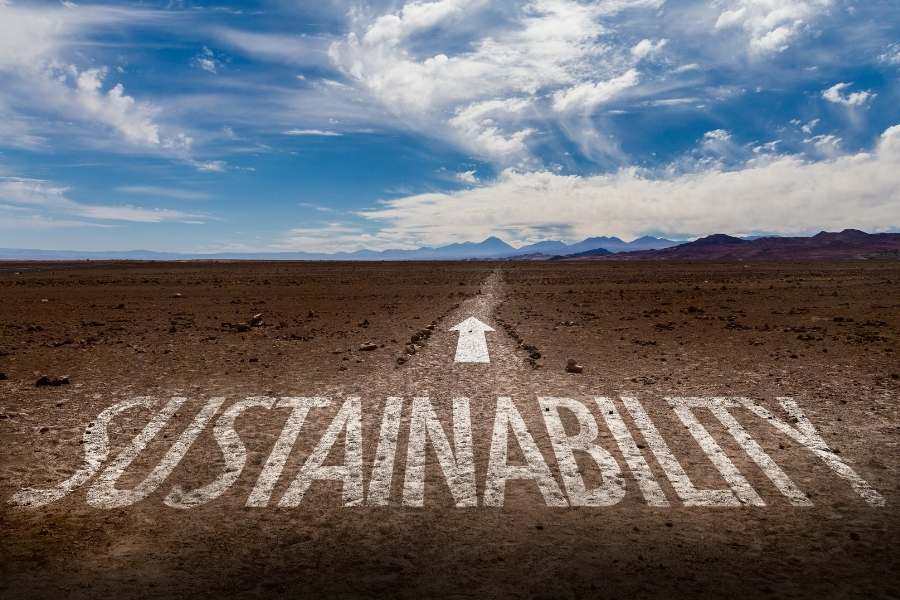













You must be logged in to post a comment.